By Jonathan I. Israel
See also:
Amsterdam: A History of the World’s Most Liberal City
The Island at the Center of the World
The First Salute
Review by Dan Geddes
Although it is now a constitutional monarchy, the Netherlands was once a republic, the first one in modern European history. Jonathan’s Israel magisterial work covers the glorious history of the Dutch Republic (the United Provinces) in 1100 action-packed pages.
Israel sets the scene by chronicling the rise of the Dutch towns under the rule Burgundians and the Hapsburgs in the late 15th and early 16th centuries. Early on, the towns had secured rights from various kings in their charters. After the sea change in Holland toward Protestantism after 1650, the major towns felt autonomous enough to rebel against the Spanish crown under the leadership of William of Orange.
This touched off the Eighty Years War against Spain (1568-1648), which ultimately resulted in Dutch independence. During this Golden Age, the Netherlands became the richest, most progressive, and technologically advanced country in Europe. Amsterdam became the financial capital and entrepôt of Western Europe. Innovators from other countries emulated Dutch practices in shipbuilding, navigation, map and instrument making, printing, optics, and many other fields. The Golden Age also produced some of the greatest painters in history, such as Rembrandt and Vermeer. The wealth of the country was widespread, as seen in the rise of portraiture of middle-class families on a mass scale.
While fighting the Spanish, the Dutch simultaneously embarked on massive construction projects, such as the drainage of vast tracts of fertile land from below sea-level, involving thousands of wind-mills and dikes; and the erection of a string of fortress towns near its borders to keep the Spanish armies at bay. The merchants, usually supported by the regents, also launched the history-making expeditions of the VOC (Dutch East India Company) and WIC (West India Company) thereby establishing lucrative overseas colonies in South Africa, India, Indonesia, New Amsterdam (New York), Surinam, and many other lands.
After independence in 1648, trade rivalry with England resulted in two Anglo-Dutch wars, and the loss of colonies such as New Amsterdam. Prosperity continued, especially under the steady hand of De Witt, until 1672, the “year of disaster.” Poor diplomacy lead to a nightmare scenario: England and France, supported by Cologne and Münster, attacked simultaneously, and made deep inroads into Dutch soil. However, the Republic engineered an diplomatic re-alignment and survived, and later withstood the long wars against Louis XIV by forging a solid alliance system. With the connivance of some Parliamentary leaders, William III conquered England and installing himself on the throne in the so-called “Glorious Revolution” of 1688-89).
Although still a financial center, the Republic began losing its primacy in world trade to Great Britain after 1715. The general decay of the 18th century continued, culminating in Napoleon’s conquest of the Netherlands in 1795. In 1815, after a long, illustrious history as a monarchy, The Netherlands became a constitutional monarchy.
Israel’s The Dutch Republic is much more than a military chronicle. The political struggles between the regents of Holland and the House of Orange, ancestors of today’s royal family, occupy a central place in the narrative. We see Holland, the most powerful of the United Provinces, grow prosperous under the wise stewardship of regents like Oldenbarneveldt. Yet due to religious schism among the Protestants, Maurits, the stadhouder, is able to execute Oldenbarneveldt (aged 72), and take power in 1618. Seventeenth century Dutch political history proceeds as a struggle between the House of Orange (always called to lead during national emergencies) and the regents of Holland (representing the most powerful commercial interests). The States General sometimes tips the balance of power one way or the other.
Israel’s work covers not only military and political history, but economics, religious practice, family history, social mores, art, literature, philosophy, and the role of social institutions.
Read The Dutch Republic before reading Simon Schama’s The Embarrassment of Riches and you will get more out of both books.
See also:
Amsterdam: A History of the World’s Most Liberal City
The Island at the Center of the World
The First Salute

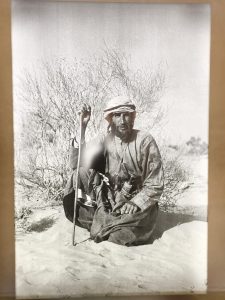




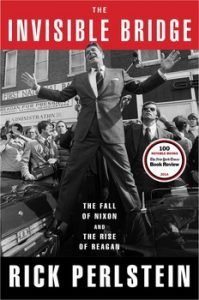

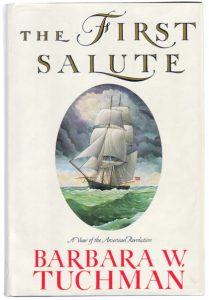
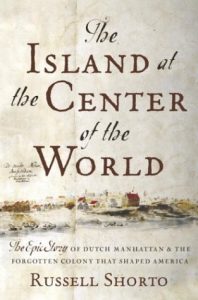
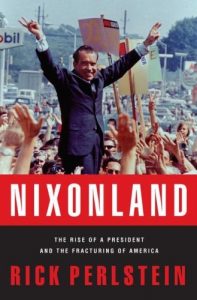
Be First to Comment